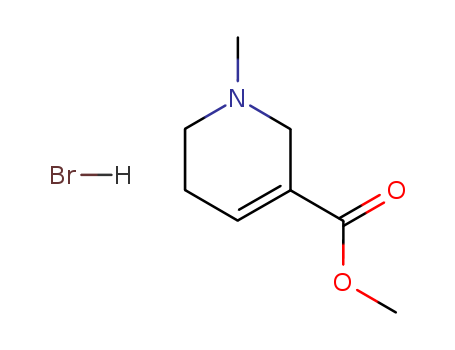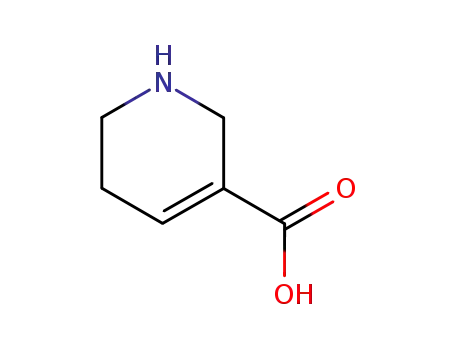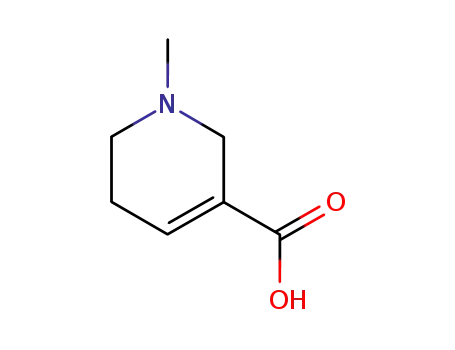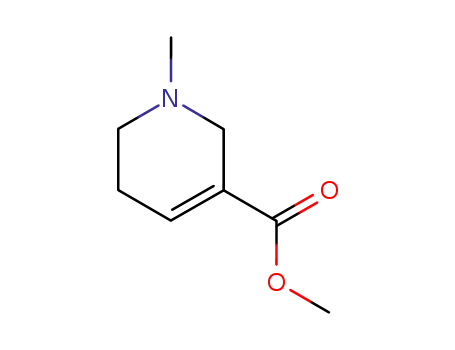

Product Details
|
Description |
Arecoline hydrobromide is an arecoline salt of hydrobromic acid generally used in removing parasites from dog’s intestine1-2. It has been used for almost half a century for the treatment of Echinococcus granulosus in dogs, as an anthelminthic2-4. The vermifuge action of arecoline is due to a combination of factors, including (a) the increased activity of the intestinal glands, resulting in a copious secretion which may tend to loosen the hold of the worms on the mucous membrane, when (b) the increased peristalsis sweeps them onward to be voided with the faeces. It has a strong parasympathomimetic action4. It may have been used as working standard in the determination of arecoline concentration from dog plasma using LC–MS/MS1. |
|
Chemical Properties |
WHITE FINE POWDER |
|
Uses |
Arecoline is a muscarinic acetylcholine receptor agonist. Arecoline induces ADP ribosylation of histones and chromatid relaxation in spleen and bone marrow cells. In a study, a controlled trial involving 122 dogs experimentally infected with Echinococcus |
|
General Description |
Arecoline is an alkaloid obtained from theseeds of the betel nut (Areca catechu). For many years, nativesof the East Indies have consumed the betel nut as asource of a euphoria-creating substance. |
|
Safety Profile |
Poison by parenteral,subcutaneous, and intravenous routes. When heated todecomposition it emits very toxic fumes of HBr and NOx. |
InChI:InChI=1/C8H13NO2.BrH/c1-9-5-3-4-7(6-9)8(10)11-2;/h4H,3,5-6H2,1-2H3;1H
A process is provided for the preparatio...


arecoline hydrobromide
| Conditions | Yield |
|---|---|
|
|
47% |
|
|
43.3% |

arecoline hydrobromide


guvacine
| Conditions | Yield |
|---|---|
|
Multi-step reaction with 3 steps
1: toluene
2: water / Ambient temperature
3: Ba(OH)2*8H2O / H2O / 0.5 h / 40 °C
With barium dihydroxide; water; In water; toluene;
|
|
|
Multi-step reaction with 2 steps
1: potassium carbonate; water / 0.5 h / 20 °C
2: water / 3 h / Reflux
With water; potassium carbonate; In water;
|

1-methyl-1,2,5,6-tetrahydropyridine-3-carboxylic acid

1,1-Dimethyl-1,2,5,6-tetrahydro-nicotinsaeure-methylester-Iodid

arecoline

norarecoline
CAS:114-49-8
CAS:131707-23-8
CAS:51168-26-4
CAS:18513-76-3